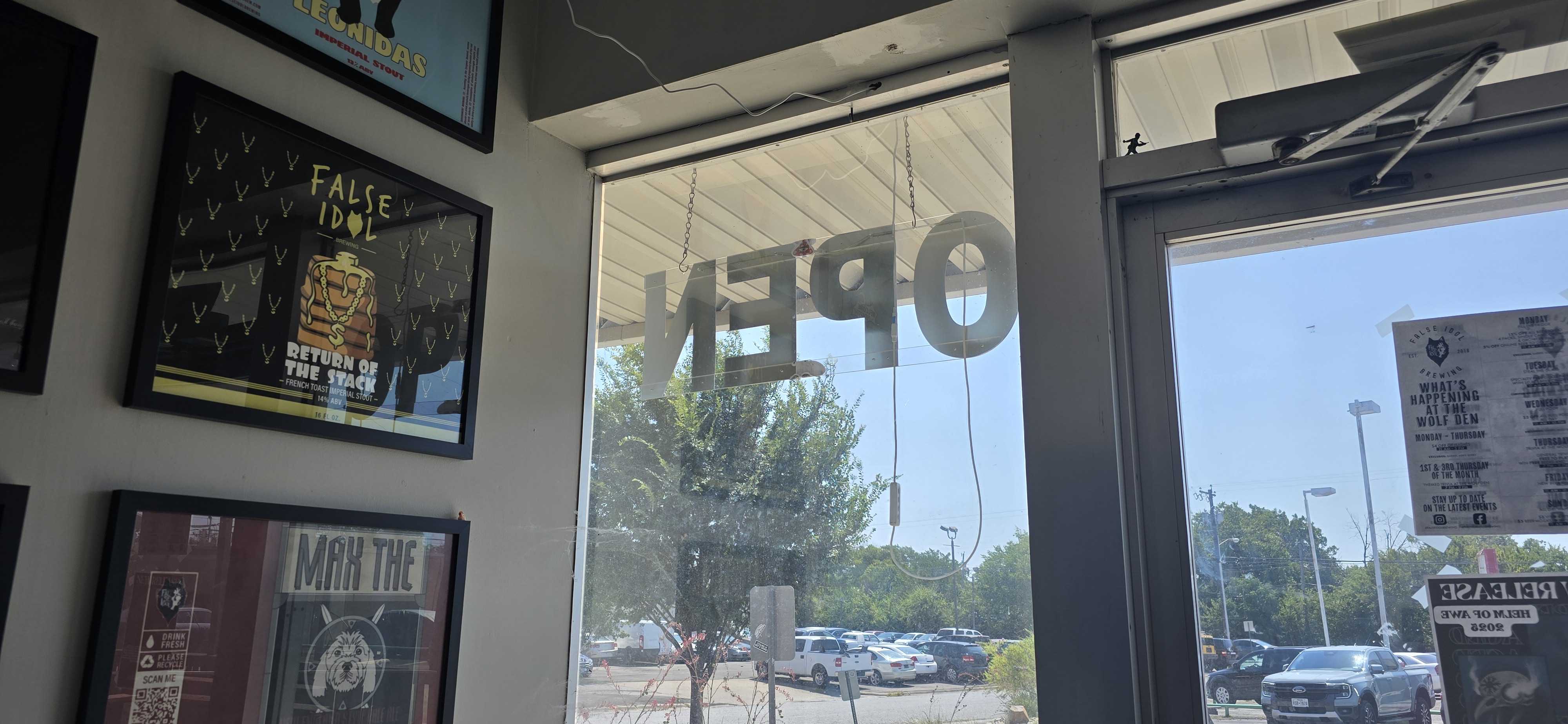I'm not sure this is even one of the top 10 drivers for the craft downturn. What I think you're suggesting is that if "some" of the breweries are making bad beer or butchering a style, a good portion of otherwise ambitious consumers will get tired of looking for a brewery that makes better beer or beer truer to style and because of that exhaustion, they give up on craft breweries altogether. If I'm wrong correct me.
The reason why I reject the claim is that product quality variation is to be expected in any market for any product. People are used to it. Restaurants are probably the easiest analog. I've had a terrible meal at a place that looked like it wouldn't be terrible. It never made me stop eating at restaurants on occasion. I just write a bad google review and try a new place until I find one that delivers the goods.
At the topmost level, supply is significantly outweighing demand and bad brewers and bad businesspeople are suffering the first round of losses as expected. In some rare cases, bad beer is surviving in some local markets due to other factors like lack of alternative social gathering spaces or whatever it may be.
I mean, this isn't a mystery.. Here's another loose chart I drew, not exactly to scale but based on data found for each vector.. Demand really isn't down that much. You can see there is a definite inverse crossover between beer and MJ so you can say that demand for intoxicants is about flat but breweries overbuilt at much bigger rate than demand. In other words, even if breweries served beer AND cannabis, they'd still be going out of business.
View attachment 881823
What aspiring brewery owners really didn't think hard enough about is that for any given beer market in their city, the first brewery is killing it because they have 100% of the business. The next guy is going to share it, maybe 50/50 or better or worse. Now we're into the 4-5 breweries in any given drivable radius. I still have homebrew customers in my store talking about opening a brewing soon. The question I always have is, "what is your plan to grab a significant portion of the local market share away from all the other breweries that have been established?" The truth is, the incumbents had practice during the boom and they're already dabbling in pivoting during the bust (but with previous cash flow to buffer stupid mistakes). How is the startup going to make major moves?




































![Craft A Brew - Safale S-04 Dry Yeast - Fermentis - English Ale Dry Yeast - For English and American Ales and Hard Apple Ciders - Ingredients for Home Brewing - Beer Making Supplies - [1 Pack]](https://m.media-amazon.com/images/I/41fVGNh6JfL._SL500_.jpg)





















